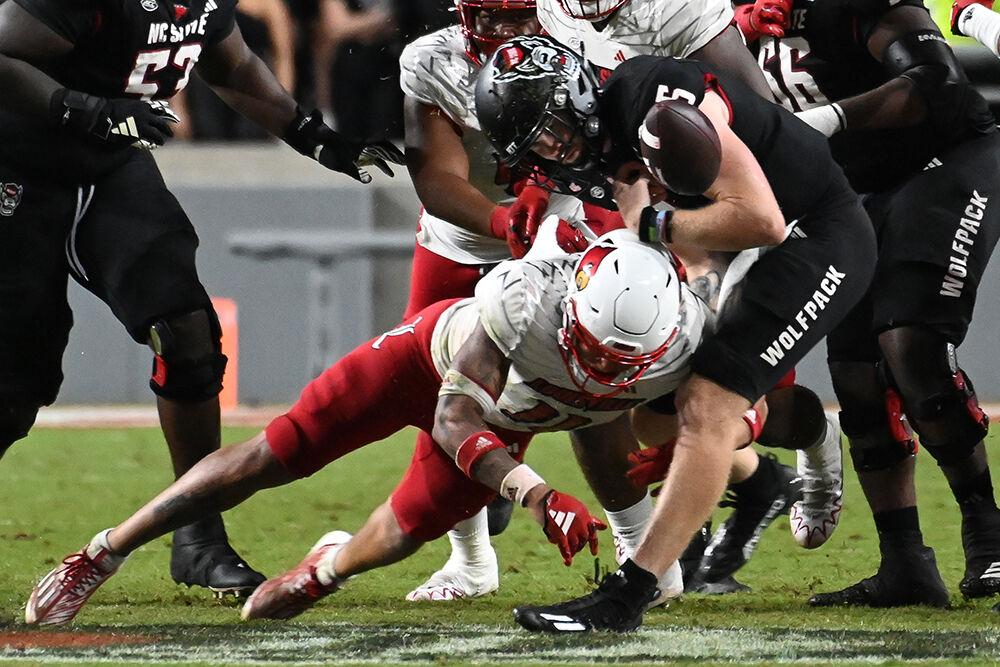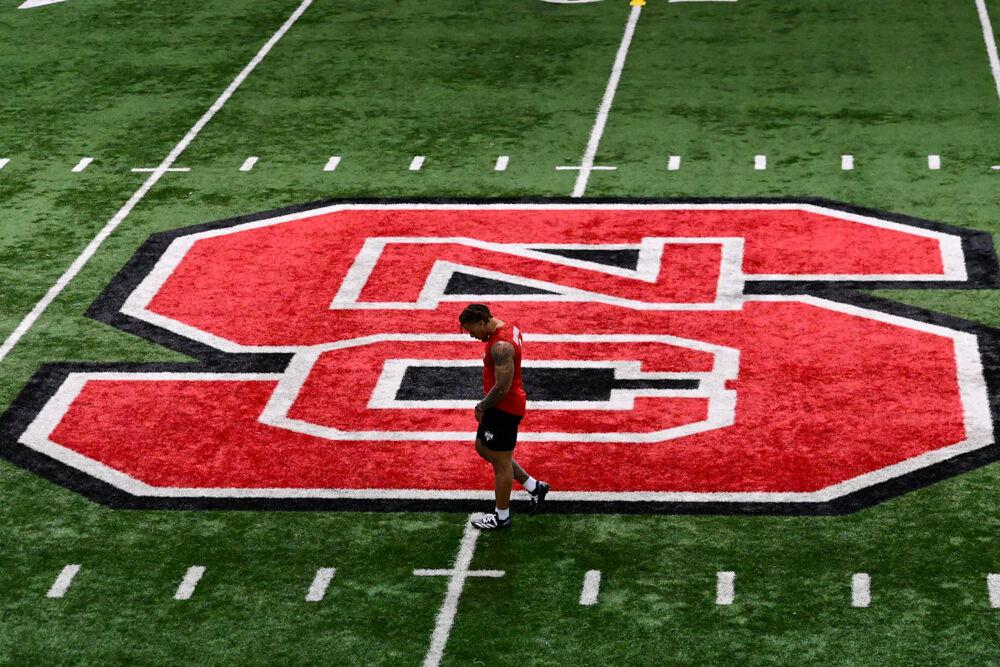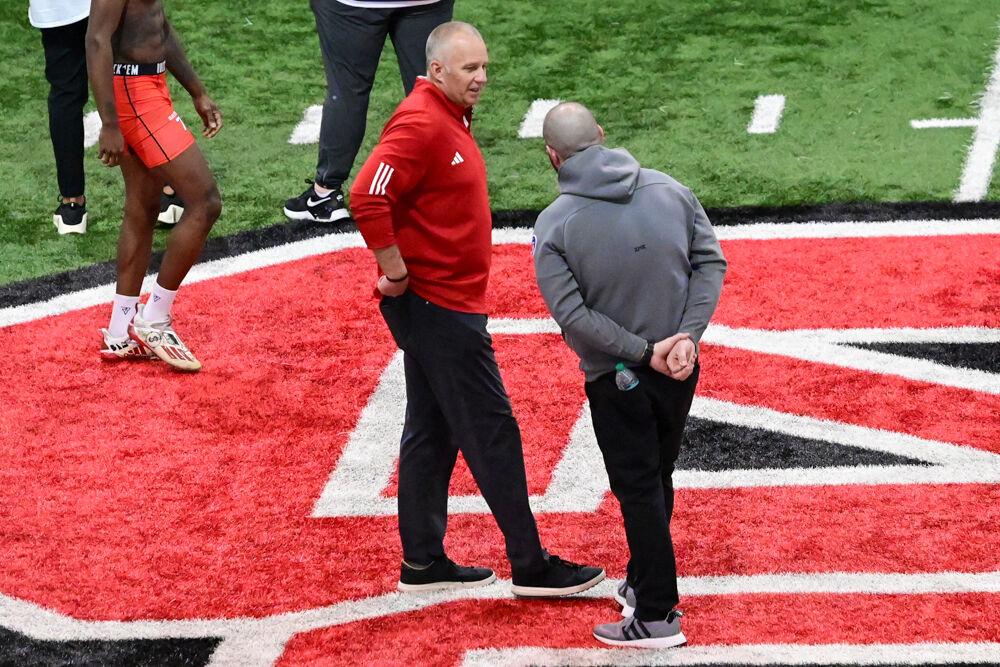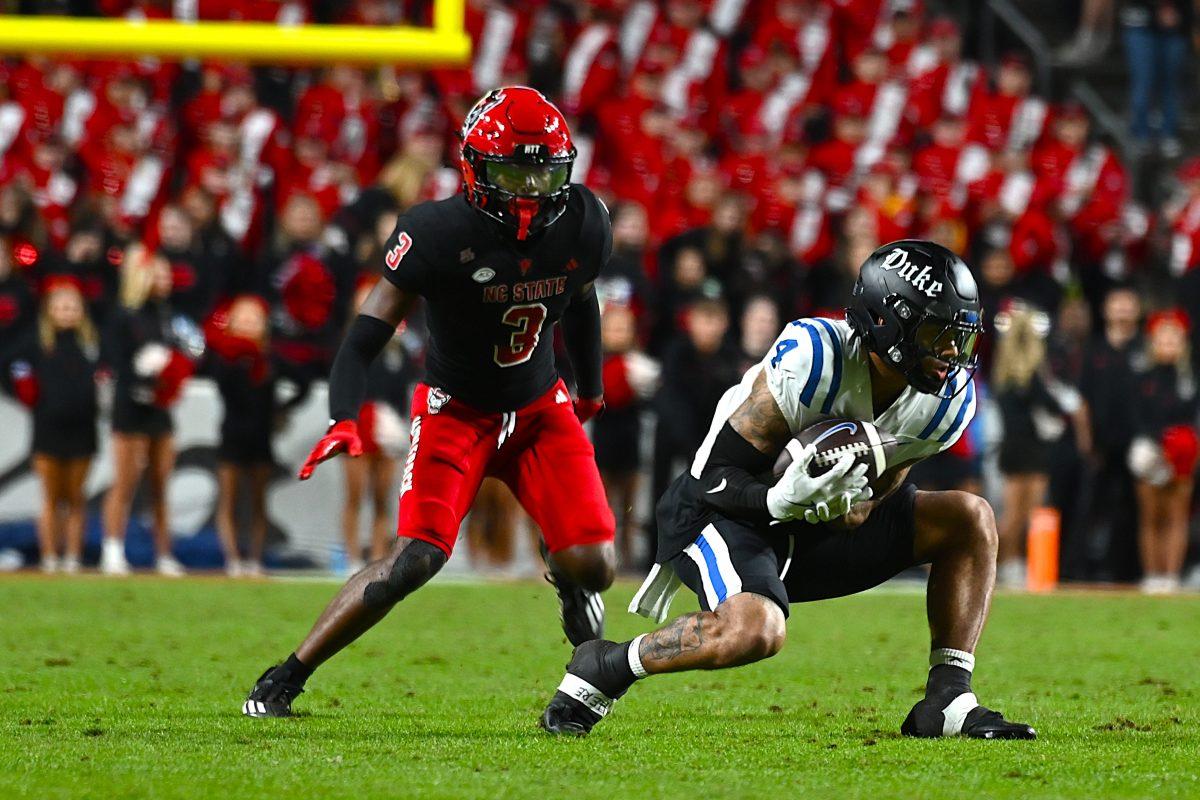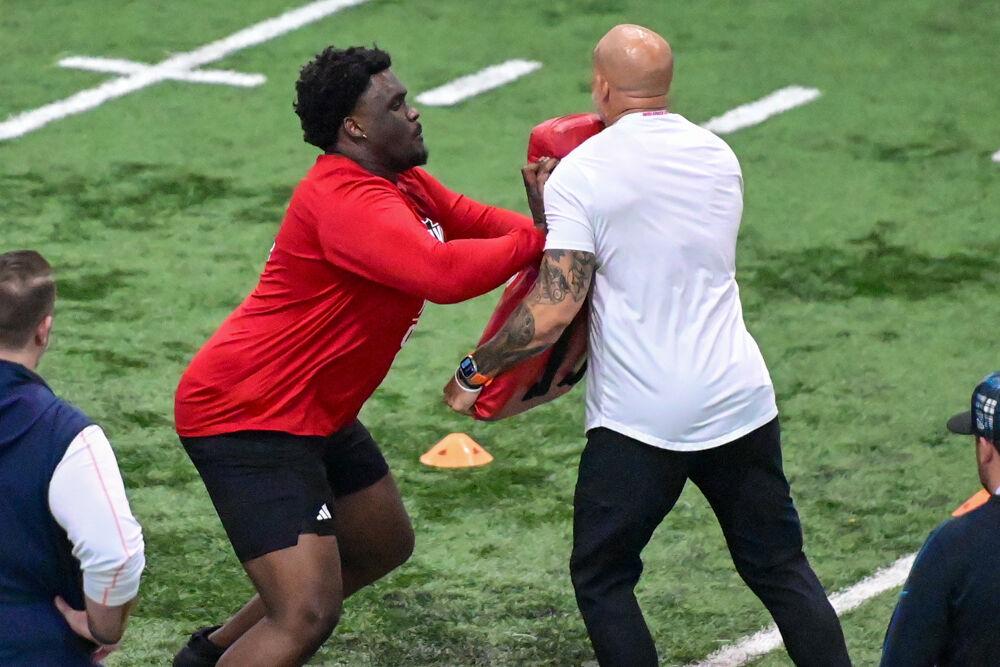After graduate quarterback Brennan Armstrong was benched following NC State football’s home loss to the Louisville Cardinals, many may be left wondering why the Armstrong experiment fell flat despite its initially high expectations.
Armstrong came to NC State as a graduate transfer from Virginia. In his last season as a Cavalier, his passing numbers didn’t light up any charts. In 2022, Armstrong threw more interceptions than touchdowns in five separate games and ended his season with a 7-12 touchdown to interception ratio.
Looking at these numbers, some would question why NC State pursued Armstrong. However, Armstrong’s numbers from his 2021 campaign were strong and consistent. In that season, Armstrong threw for the fourth-most yards across the NCAA and the most in the ACC while completing 65.2% of his passes.
It’s worth noting NC State’s current offensive coordinator Robert Anae served as the offensive coordinator for the Cavaliers in Armstrong’s breakout 2021 season. By reuniting Armstrong with Anae, the Pack likely thought it could recreate the pair’s magic from the 2021 season. Despite this wishful thinking, that is not what transpired through the first five games of the Wolfpack’s 2023 season.
Armstrong not only had the ACC’s worst QBR in the week five loss to Louisville but also carried the No. 101 worst QBR across the NCAA. In the five games that Armstrong started for the red-and-white, he tossed six interceptions and is currently tied for first in the ACC for interceptions thrown.
Armstrong also lacked consistency on his deep ball and explosive plays down the field. He ranks second lowest in the ACC for yards per pass and failed to surpass 200 passing yards in three of his five starts. The numbers were simply not there to justify keeping Armstrong on the field.
Not all of the Pack’s offensive struggles should fall squarely on Armstrong’s shoulders, though. The inability to get a run game going behind Armstrong severely restricted how effective the passing game was.
In four of the five games Armstrong started, he was the leading rusher and led in attempted runs. Armstrong had 38 more carries through five games than the Wolfpack’s second leader in attempted runs, which was redshirt junior running back Delbert Mimms III. Armstrong was heavily relied on to create all of the Pack’s offense and didn’t receive much help from the backfield.
Similar to the running back situation, the wide receivers were not offering much of an outlet outside of freshman wide receiver Kevin Concepcion, who racked up 347 receiving yards on 31 receptions. No other receiver for the Wolfpack has tallied more than 11 receptions this season.
While Anae likes to involve multiple receivers throughout a game, the inconsistency of who Armstrong can target does not help in building offensive chemistry. This is one of the many reasons passes were just out of reach and tipped off of the receiver’s hands.
The offensive line can also be held accountable for the Pack’s struggles at quarterback. Even though the Wolfpack’s line gave up eight sacks through Armstrong’s five games, there was still an immense amount of quarterback pressure that forced bad throws and made Armstrong scramble out of the pocket. The line had problems not only keeping a clean pocket for Armstrong but also failed to provide good blocks for the running game to open up, which in turn would have helped take some pressure off Armstrong.
Overall, the red-and-white offense has struggled tremendously and hasn’t been impressive in many aspects. Across the NCAA, the Pack’s passing yards per game is ranked No. 95, rushing yards per game is ranked No. 76, and points per game is ranked No. 72 in the country. These metrics aren’t representative of a team that has a good offensive rhythm.
While sophomore quarterback MJ Morris has gotten the call to take over in place of Armstrong, the Wolfpack still has a lot of cleaning up to do before it goes on to play six straight ACC teams to finish the season.


